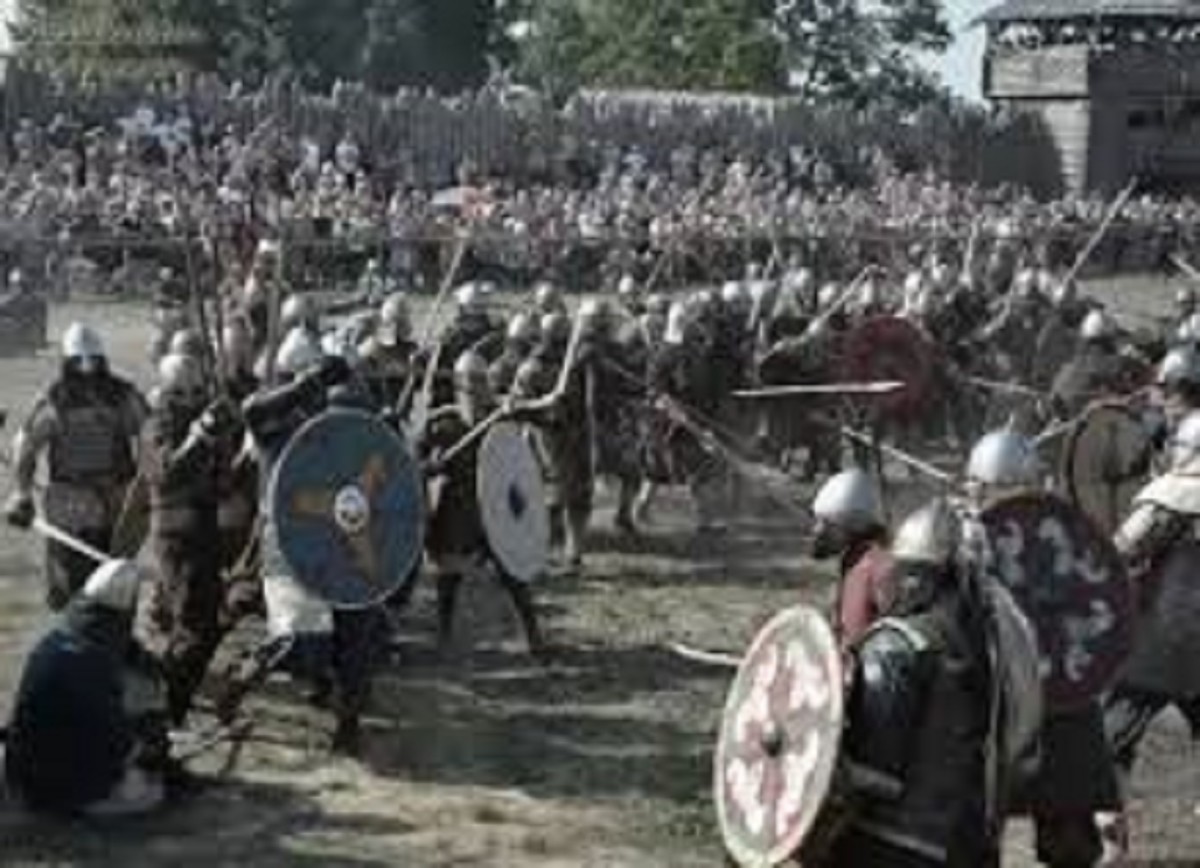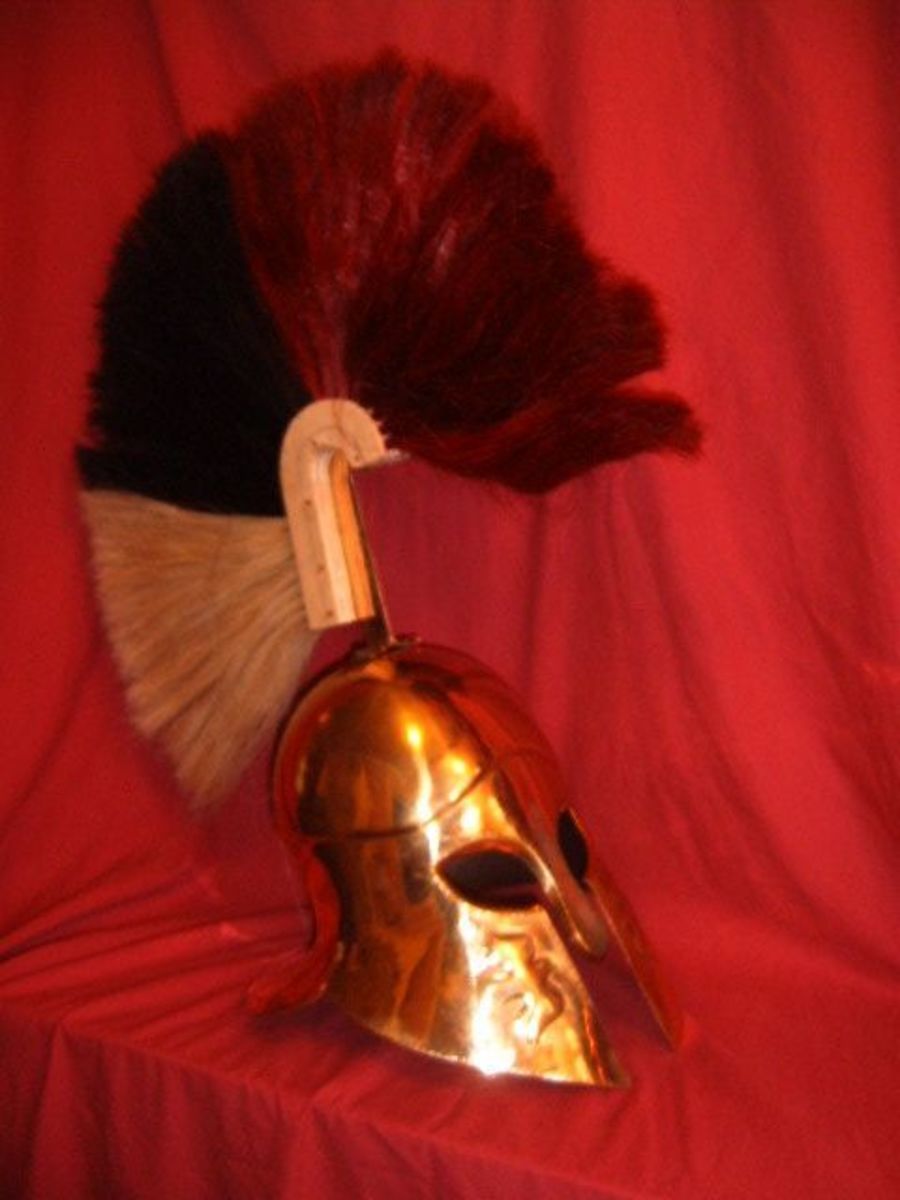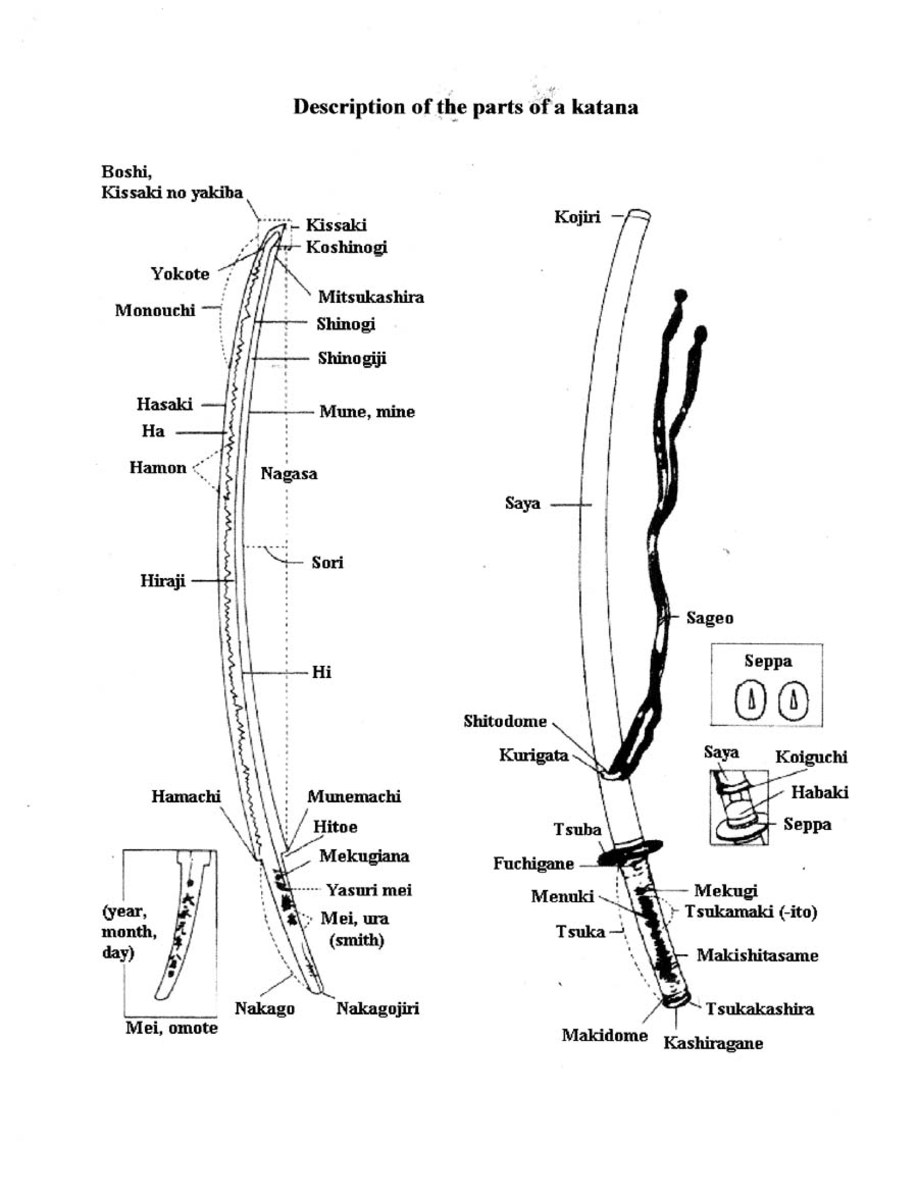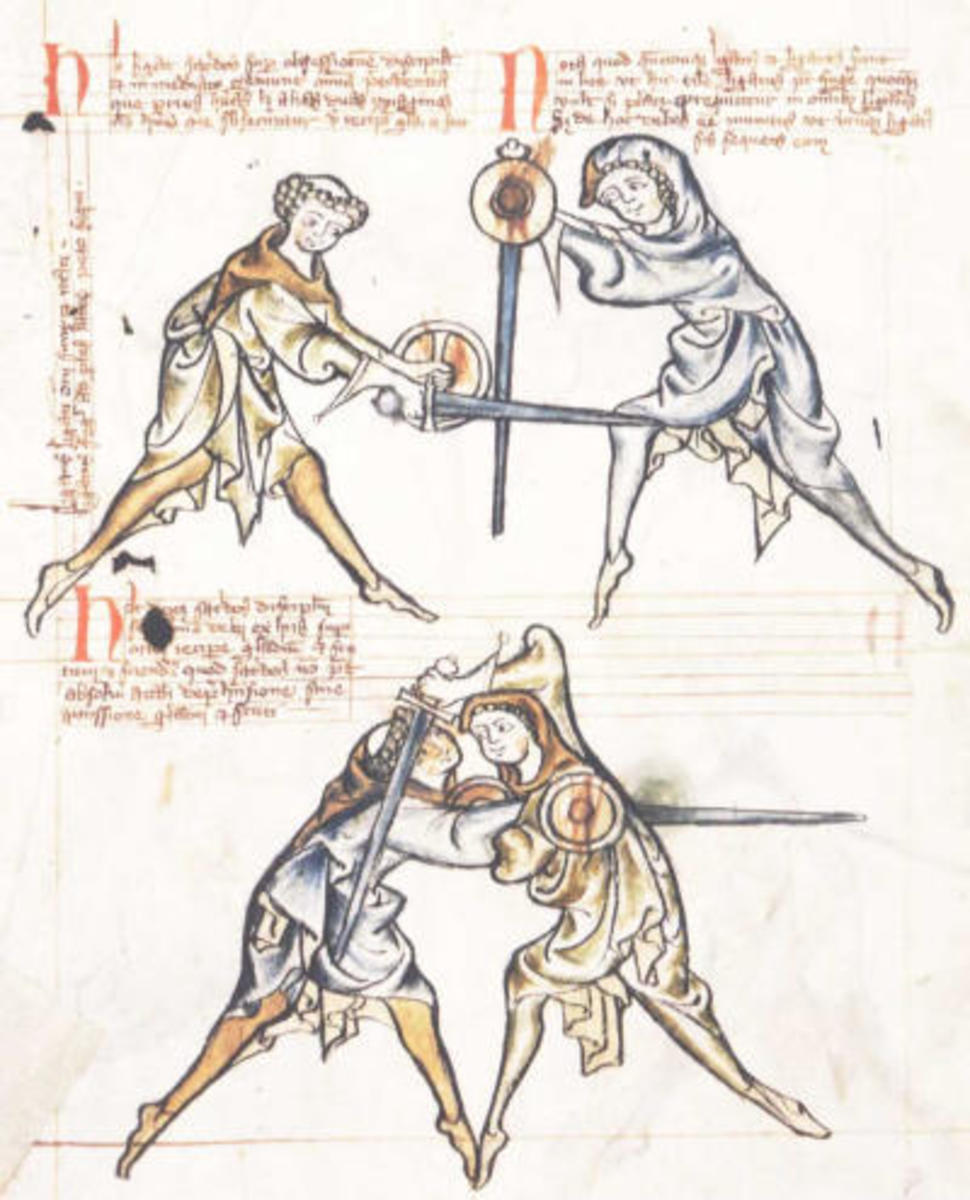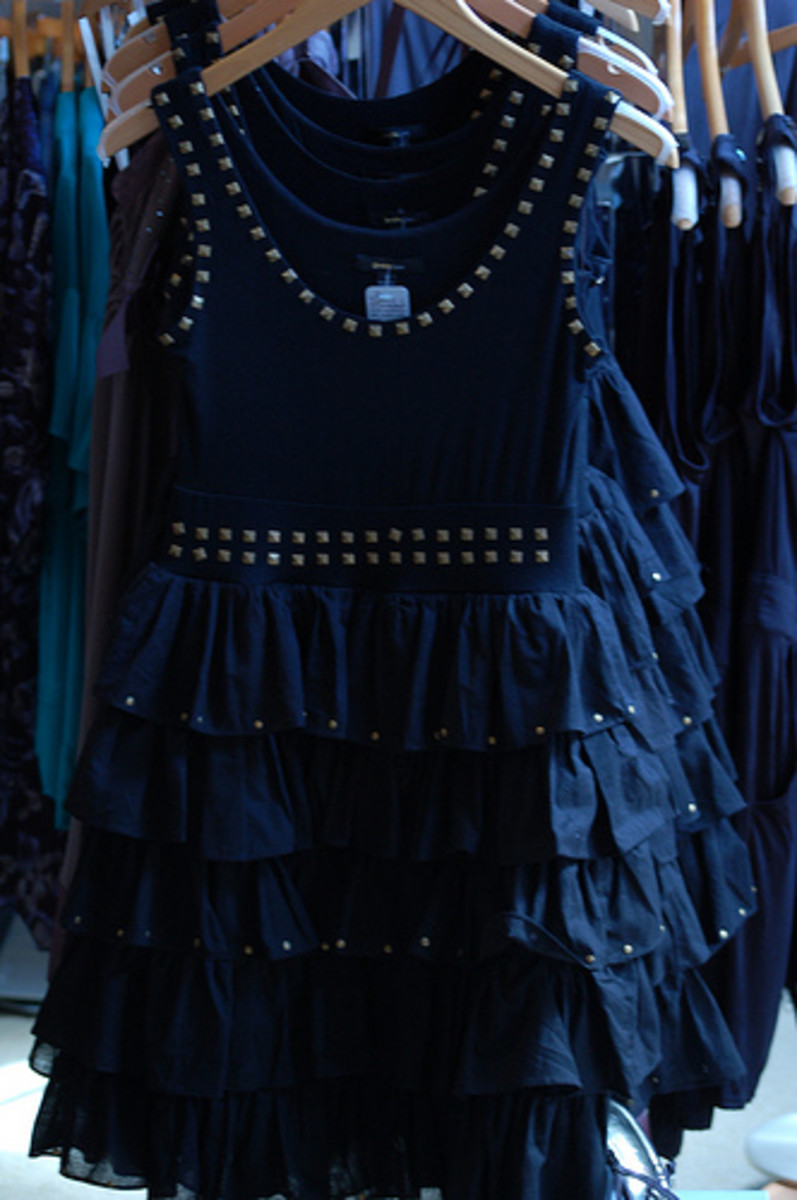Sword Making for the Home Workshop
Some Basic Sword Types


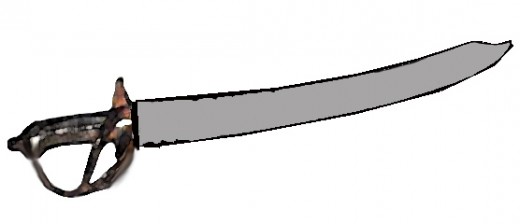



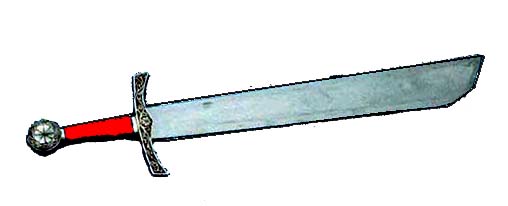




Basic Blade Forging
Introduction
Swords come in a wide variety of configurations. The long sword is generally an iron or steel straight broadsword, thicker in the center and tapering toward the edges. An iron plate in front of a minimal guard protected the hand in Celtic Swords. These have an anthropomorphic human looking head was attached at the end of the grip and legs and arms spread at either end of the grip protected the hand. Later broadswords had elaborate handles, engraving on the blade and a wide variety of hand guards in front of the handle. Short swords like those favored by the Romans tend to be thicker and wider and often have little or no guard in front of the grip. Rapiers, cavalry sabers and other gentlemanly weapons are often more slender of blade and more elegantly decorated. Working swords like cutlasses were little more than modern day machete's in the complexity of construction.
In this article we're simply going to look at the key element of sword making - how to forge a blade. The rest is mostly decoration and basic craft work. Making a decent blade, however, is something of an art and requires a great deal of practice to get right. Here's what it takes to forge the basic blade.
Equipment
- Power grinder
- Power polisher and pads
- Drill press - for drilling holes in the handle for attaching grips, knewels and other decorations.
- Anvil
- Rounded hammers of varying weights
- Shaping tools, bicks, fullers, swages, chisels, punches and drifts.
- A forge - for heating the metal to be shaped.
- Quench tank - full of oil to submerge hot swords after shaping
- Slack tub - full of water to quick cool swords and tools
- Heavy tools like screwdrivers, files, vises, grinders, pubbers, torches, metal saws, pliers, buffers and wrenches.
Materials:
Depending on how authentic you want your sword to be, you will need a piece of metal roughly the shape and size of your blade. The forge will heat it to a point where you can shape it into the blade shape you want. Just have the metal blank cut as close to size as possible.
You will also need material like wood, leather or to make hand grips and decorations. You'll also need straps, bolts rivets or glue to boltc glue or rivet all of this together to make a nice decorative and comfortable handgrip and/or guard.
Forging the Blade
Forge the blade by heating a bar of iron, steel or other desired metals to glowing in the forge. Beat the blank into rough shape with hammers. Hammer one six inch section at a time.
Heat and hammer the sword blank many times to temper the metal and make it strong and flexible. Keep working one six inch section at a time till the sword is in the proper shape. Some sword makers include a one piece core and end ball for the handle in the completed sword blank.
Anneal the sword by heating it till it glows and then let it cool very, very slowly. Wrap the sword shape with a heat resistant insulation material so it cools as slowly as possible. Let it cool for 24 hours to make the sword soft and easy to grind.
Grind the edges of the sword with a power grinder to sharpen it and shape the point of the sword and the handle and guard. If you are making a stage sword, flatten the edges to prevent accidentally cutting your sparring partner. While the sword is soft you can do any etching you want to do on the blade and exposed parts of the handle.
Hardening the Blade
Harden the blade by repeatedly heating the sword and then placing it quickly into the quenching tank so that it cools evenly and quickly. This hardens the metal, but leaves the sword brittle.
Tempering the Blade
Temper the blade by heating it to a lower temperature than you did when you were hardening it. The metal shouldn’t reach the glowing point. Repeat this over and over, dipping it into the slack tub full of water to cool the metal between reheatings. It takes practice to understand when you have tempered it enough to make it hard and flexible without the metal losing its ability to hold an edge.
Polishing
Attach the handle, pommel and guard to the hilt of the sword and decorate it however you want to. Finally, polish the blade to a bright gleam with the polisher and gently hone the blade to a fine edge if you want an authentic edged weapon. Flatten the edges if you are using the sword for stage or re-enactments..
Resources:
Making a Prop Sword Look Real to the Camera - http://www.cvisual.com/film-techniques/film-make-prop-sword-look-real.asp
myArmoury.com - http://www.myarmoury.com/home.html
Museum Replicas Limited - http://www.museumreplicas.com/c-135-create-your-own-sword.aspx
Stormcastle Blacksmithing - http://www.stormthecastle.com/blacksmithing/how-to-make-a-sword-complete-tutorial.htm
Peter Johnsson - Swordsmith: http://www.peterjohnsson.com/the-making-of-a-long-sword/
All Things Medieval - http://www.knight-medieval.com/knight-castle-medieval-articles/how-to-make-a-sword.htm
Four Part Video on Sword-Making
© 2010 twayneking


